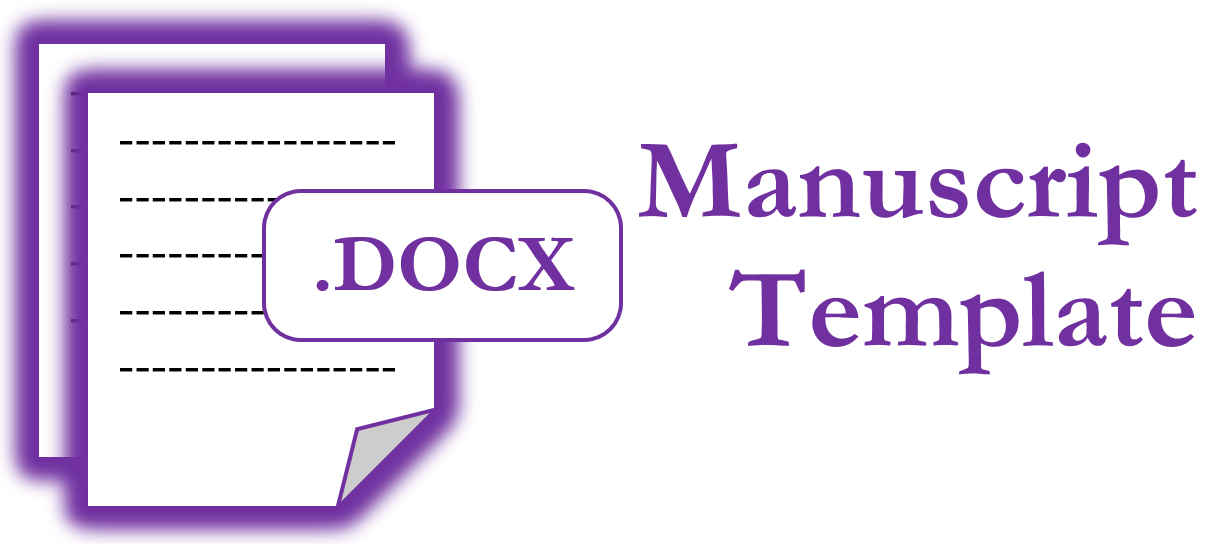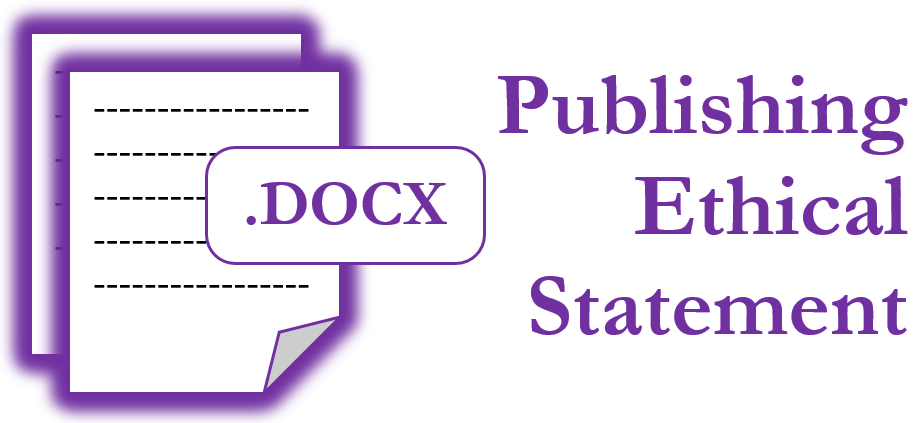Through superheroes, America spreading religious propaganda
DOI:
https://doi.org/10.31763/jorel.v1i2.10Keywords:
Propaganda, Media influence, Narrative framing, Ideological messages, Critical engagementAbstract
This article explores the role of propaganda in shaping religious narratives through the lens of superhero films. Propaganda's ability to frame narratives and influence how individuals interpret historical events is crucial in determining whether an event or history is perceived as good or bad. By selectively highlighting aspects that serve specific agendas, propaganda integrates its messages into our daily lives almost unnoticed. Various mediums, particularly film, serve as effective tools for disseminating propaganda, with superhero films like "Captain America: The First Avenger" (2011) exemplifying how entertainment intertwines with ideological messages. These films offer heroic narratives that entertain audiences while subtly promoting underlying agendas that reflect nationalistic or religious values. The study emphasizes the need for critical engagement with media beyond entertainment, recognizing that films are not just escapism but convey influential ideologies needing scrutiny. By examining the intersection of propaganda and superhero narratives, this article aims to enhance understanding of how media influences our perceptions of history and religion, encouraging a more critical approach to interpreting these narratives.
Downloads
References
Alford, M. A. (2009). Propaganda model for Hollywood. Papers of Communication and Culture.
Brooker, W. (2001). Living on Dawson’s Creek: Teen viewers, cultural convergence, and television overflow. Int J Cult Stud., 4(4), 456-472.
Coyle, E., Fondren, E., & Richard, J. (2020). Advocacy, editorial opinion, and agenda building: How publicity friends fought for Louis D. Brandeis’s 1916 Supreme Court confirmation. American Journalism, 37(2), 165–190. https://doi.org/10.1080/08821127.2020.1750884
Doherty, T. (1993). Projections of war: Hollywood, American Culture, and World War II. Columbia University Press.
Dong, Z. (2019). Discipline and Breakthrough of Female Body in the Context of Consumer Society-Taking the “Rabbit” Group of Patients with Eating Disorders as an Example. Acad. J. Humanit. Soc. Sci, 2, 69-76. https://www.doi.org/10.25236/AJHSS.2019.020710
Dower, J.W. (1986). War without mercy: Race and power in the pacific war. Pantheon Books.
Estuningtyas, R. D., Erwina, E., & Fahruddin, A. J. (2022). Pesan dakwah melalui film Islami (Studi tentang film Bilal: A new breed of hero analisis semiotika Charles Sanders Piece). RETORIKA: Jurnal Kajian Komunikasi Dan Penyiaran Islam, 4(2), 93-103. https://doi.org/10.47435/retorika.v4i2.1225
Fondren, E. (2021). Fighting an armed doctrine: The struggle to modernize German propaganda during world war I (1914–1918). Journalism & Communication Monographs, 23(4), 256-317. https://doi.org/10.1177/15226379211050684
Hall, R.A., (2019). The American Superhero: Encyclopedia of Caped Crusaders in History. ABC-CLIO.
Hermawan, D. (2021). You are Victim: The Depiction of Enemies in Japanese Super Hero Series. IZUMI, 10(1), 84-91. https://doi.org/10.14710/izumi.10.1.84-91
Hornby, AS. (2006). Film or movie. In: Oxford Advanced Learner's Dictionary. Oxford University Press, 950.
Ikbal, A. (2020). Representation of popular culture and women in selected texts of Margaret Atwood. Journal of Critical Review, 7(8), 3491-3493. https://jcreview.com/admin/Uploads/Files/61c9f42fd3f203.46207595.pdf
Liu, S. (2021). Legal Relationship of the Rights Limitation System. In: Rights Limitation in Digital Age. Springer, Singapore. https://doi.org/10.1007/978-981-16-4380-4_3
Nietzel, B. (2020). Knowing the enemy: Propaganda experts, intelligence, and total war (1941–1945). KNOW: A Journal on the Formation of Knowledge, 4(2). https://doi.org/10.1086/710328
Pratkanis, A.R. &Turne,r M.E. (1992). Propaganda and persuasion. In: Pratkanis AR, Aronson E, editors. Age of propaganda: The everyday use and abuse of persuasion. Freeman, 190-191.
Robb, D.L. (2003). Hollywood's war with the axis powers: The movies and the message. J Am Hist., 90(3), 907-909
Snow, N. (2019). American propaganda: A scholarly and practitioner perspective (we need more study, not less). In: Propaganda, The International Encyclopedia of Journalism Studies.
Sopian, A., & Dahliani, A. (2022). The use of polite language analysis in Bilal movie: Bilal: A New Breed of Hero. Al-Ma’any: Jurnal Studi Bahasa dan Sastra, 1(2), 10-20. https://core.ac.uk/download/551576384.pdf
Stole, I. L. (2021). Advertising America: Official propaganda and the U.S. promotional industries, 1946–1950. Journalism & Communication Monographs, 23(1), 4-63. https://doi.org/10.1177/1522637920983766
Weiner, R.G. (2009). Captain America and the struggle of the superhero: Critical Essays. McFarland.
Downloads
Published
Issue
Section
License
Copyright (c) 2024 Raka Elda Meyfian

This work is licensed under a Creative Commons Attribution-NonCommercial-ShareAlike 4.0 International License.




